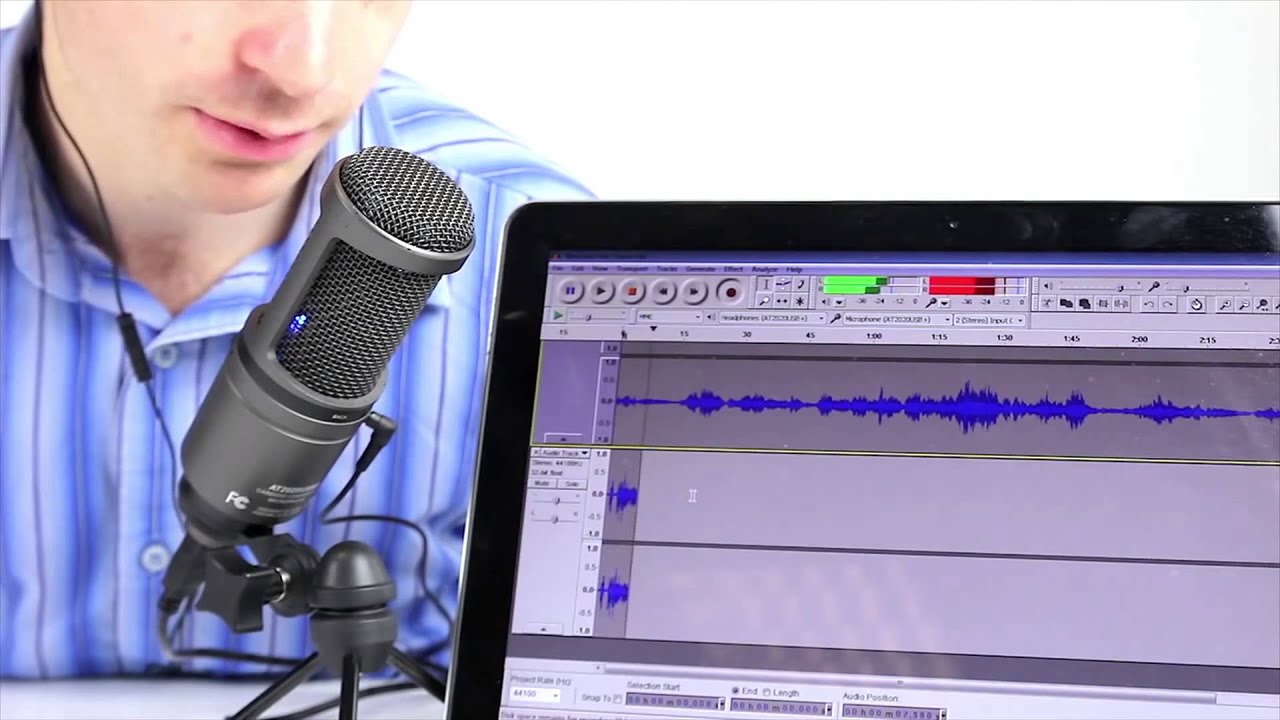Nvidia released an unambiguously named RTX Voice utility not too long ago. This is great for homes users with less-than-ideal setup. With COVID-19 lockdown encouraging people to work and study from home, video conferencing is on the rise. But getting clean mic audio without background noise might not be easy for many. That’s where utilities like RTX Voice came in. It’s also useful in voice chats and livestreaming. Nvidia said the utility uses Tensor cores for deep learning, Therefore it needed RTX-20 series graphics cards.
That does not seem to be true and raises questions about the use of Tensor cores for machine learning to eliminate background noise.
Uh-oh!
This is discovered by a GURU3D forum member ‘David Lake’. When you try to run RTX Voice via a GTX graphics card, the utility will prompt an error, saying that it does not detect a required graphics card. So to get it working, some changes need to be done to the code in RTXVoice.nvl via a text editor. This is found under the temp folder (C:\temp\NVRTXVoice\NvAFX\RTXVoice.nvi). After deleting the codes from <constraints> and </constraints>, you post the following in its place:
<constraints>
<property name="Feature.RTXVoice" level="silent" text="${{InstallBlockedMessage}}"/>
</constraints>After saving the file, you can start RTX Voice and you’re good to go.
Widespread Compatibility
The user confirmed this is working just fine with the GeForce GTX 1080 and Titan. But other users have confirmed compatibility with any GTX 10 series and even the GTX 16 series graphics cards. This is all done RTX Voice BETA Ver. 0.5.12.6 version. It works properly only on these Nvidia graphics cards.
There’s no report of performance loss but it does seem to use a lot of RAM. of using RTX Voice with this hack on GTX 10-series and 16-series at the time of writing. One user even confirmed to work with the GTX 750 Ti
Its likely Nvidia would either release a statement or simply update RTX Voice to seal the exploit in the next update. Even if this is BETA, the unchanged version makes a prompt for incompatibility. It is likely to work just fine with Nvidia graphics card with CUDA cores. So the compatibility with other AMD and Intel’RTs on-chip graphics seems unlikely. Whether Nvidia will respond? Who knows! But it does confirm that RTX Voice, contrary to its name, does not need Tensor cores to learn how to cancel background noise.
Source: Guru3D Forums



